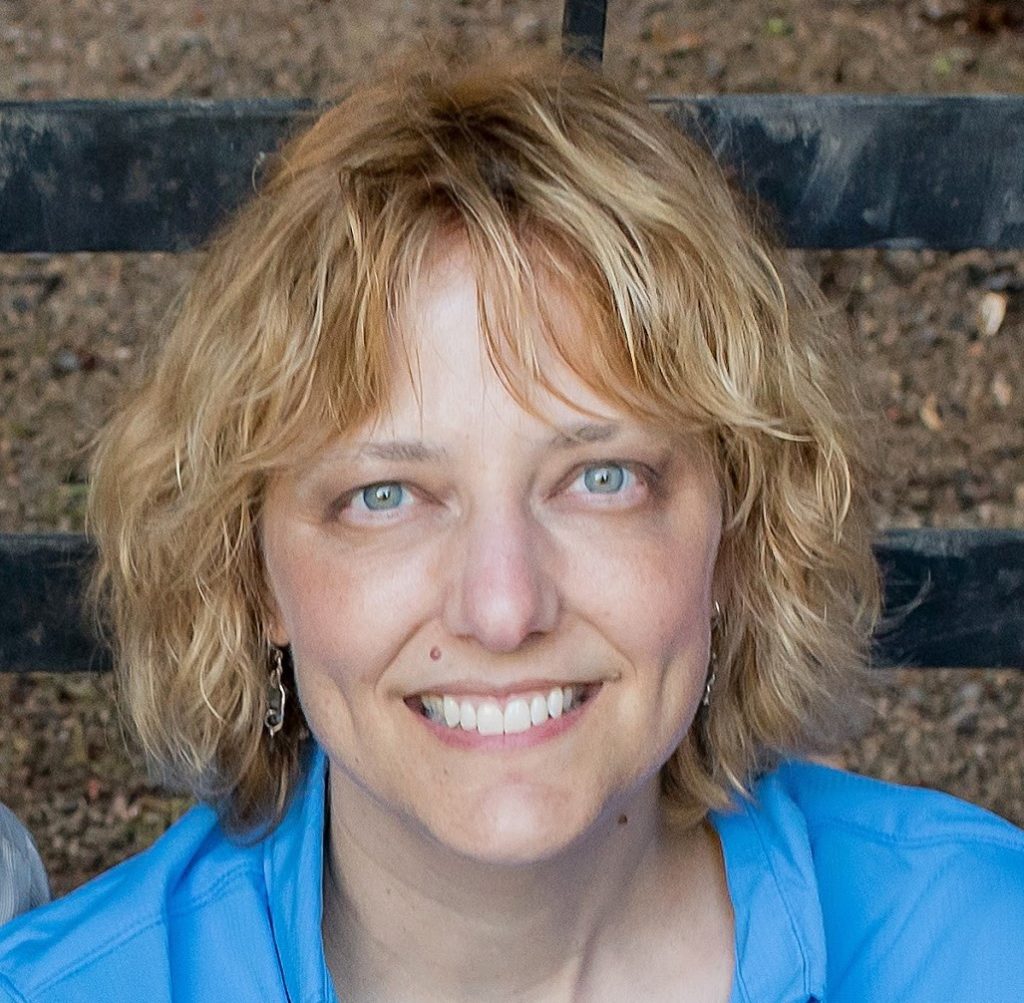Lesli Johnson is an environmental, health and safety (EHS) professional who started as a multi-line risk control professional out of college. She initially concentrated on property before moving into products liability and the casualty space, supporting underwriters in North America and risk engineers in North and South America. She is a founding board member of Women in Safety Excellence (WISE), a common interest group of the American Society of Safety Professionals (ASSP). She created the mentoring program, which partners women in the EHS industry worldwide.
Currently, Lesli is the Risk Control Casualty Technical Leader for CNA Insurance, responsible for the casualty strategic and operational objectives and policies for Risk Control. CNA is one of the largest U.S. commercial property and casualty insurance companies. Backed by more than 120 years of experience, CNA provides a broad range of standard and specialized insurance products and services for businesses and professionals in the U.S., Canada and Europe.
For our latest Faces of EHS profile, we sat down with Lesli to discuss her biggest influences, diversity in the industry, mental health support, and finding a job that provides fulfillment.
Q: Who has been your biggest influence in the industry?
I’ve had managers and mentors, both formal and informal, who have coached and steered me through my career. They guided me not only on the technical side, but also for soft skills and business politics. I want to specifically call out a group I’ve worked with for about 20 years: Women in Safety Excellence (WISE), which is an American Society of Safety Professionals (ASSP) common interest group. I was one of the founding board members for this group, which was created by Kelly Bernish and Jennifer Zipeto. The women in this group are incredibly smart, driven, and are fun to be around. They are continually coming up with creative ways to advance women in the safety profession and they are my inspiration for thinking more broadly than whatever immediate problem I’m working on.
Q: What is one of your early mistakes and what did you learn from it?
When I was new to the industry, I was still thinking like a college student. I presumed that I would do a great job and people would notice my contributions. What I needed to learn is that managers are busy with a lot of projects, and they don’t keep a running grade book. It took me longer than it should have, but I started keeping better track of what I accomplished and how it impacted the organization—so I could be prepared during performance reviews or promotion opportunities.
Q: What’s your favorite part about working in the industry?
I spent many years in the field, and I loved visiting manufacturing plants, seeing how things are made, hearing what companies think are important, and understanding all of the materials, processes, and production. Each person I met had different priorities, based on company goals, personal goals, their job, and their history. I enjoyed finding common ground to advance their goals. Risk control professionals see a large variety of operations, which puts us in a unique position to suggest ways to reduce risk. We are also able to identify missed issues and creative solutions because we often see things with a fresh eye. In my current role, I analyze loss potential for the portfolio, provide internal technical guidance, shape priorities, and create tools to help solve client needs.
Q: Where do you see the industry heading in five years? Or are you seeing any current trends?
I’m seeing broader thinking and more interconnectedness. For example, the current labor shortage has created supply chain issues intertwined with transportation, business resiliency, safety programs, production, and quality. Risk managers are working with all departments to identify solutions for multiple related concerns.
Also, I anticipate an advancement in mental health support. What used to be a “whispered” topic, then addressed mostly through HR methods, is now part of safety managers’ and risk managers’ responsibilities because of the way it impacts safety—from the way each person works and how it affects others around them through the function and production of the organization. Mental health has become a common topic at safety conferences and multiple departments are working together to find ways for employees to be healthy and productive.
The pandemic has also increased flexible working environments. With many more companies adapting to employees working from home, I see this as a beneficial and continuing conversation in the coming years.
Q: Do you have any advice for people entering the profession?
Think about what makes you happy and what skills you have or could learn. Create a Venn diagram. One circle contains your skills. The other circle contains what you enjoy. The overlap is the sweet space, as that’s where you can find enjoyment and success. The EHS profession contains a wide variety of jobs for individual contributors, managers, and various aspects of safety. Every year, think about what you enjoy about your job and anything else you would like to do. Then figure out the path to get closer to your ideal and map out what skills and experiences you need to get there.
Q: Is there anything else you’d like to add?
I am very happy to work for a company that values diversity and recognizes the importance of allies. I am amazed at the way structured programs have opened up conversations and allowed people to bring their whole selves to work. This was happening before the pandemic and has contributed to us staying connected with co-workers and finding value in what we do. It has helped me see the individuality of people as I explore the different meanings of diversity, equity, and inclusion.


